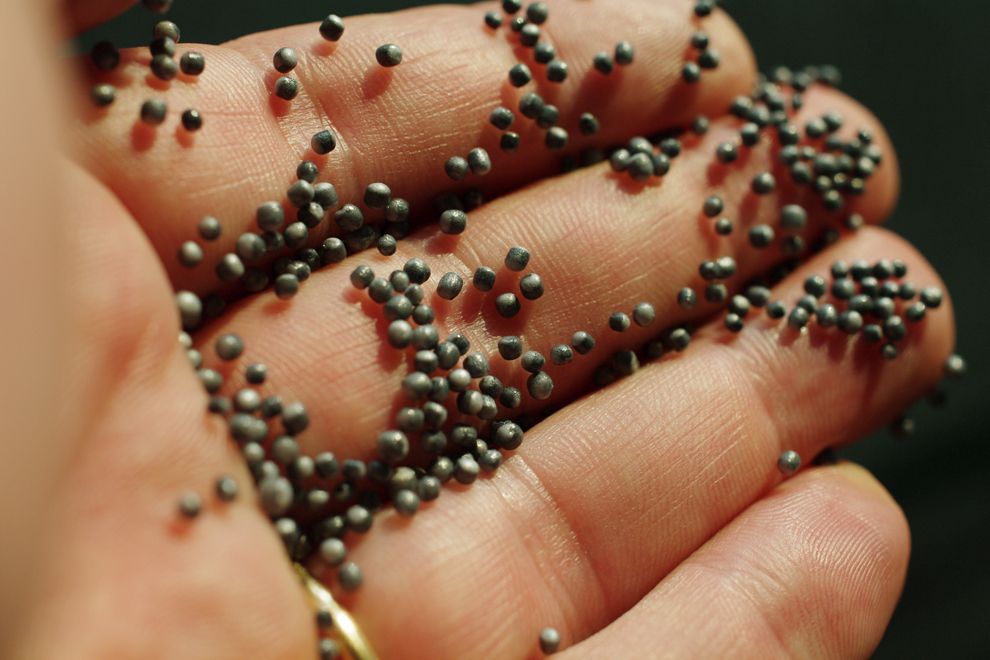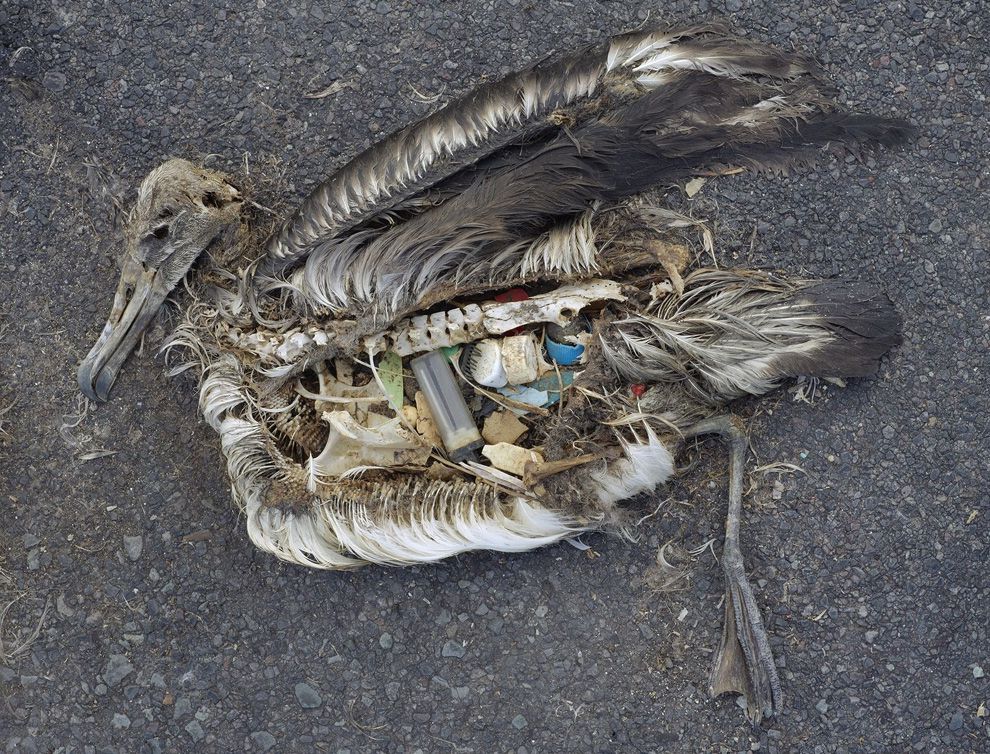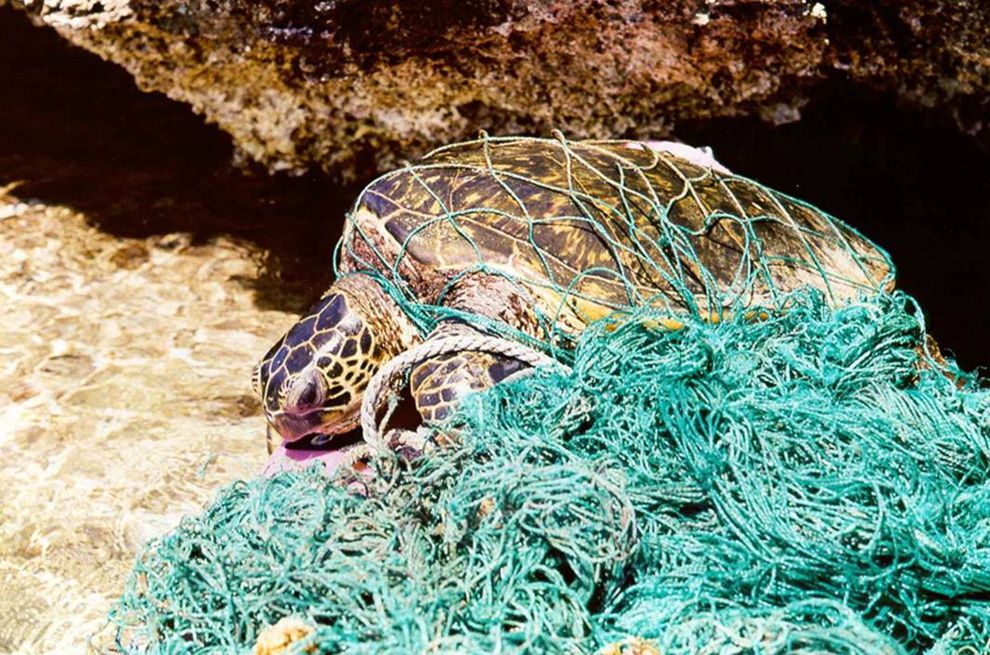Hello, everyone! Long time no chat. The semester got very busy, very quickly (as expected…) but I am back with a new post! I plan to write some recap posts about the first few months of university, my co-op application experience and more. The next two weeks are very crammed with tests, assignment deadlines and council events, so once I’m through that haul I will try to post more regularly. Thank you for your patience, and I hope that you enjoy this post!
~~~
Welcome to Plastic Island
When deciding where to go on vacation people often look for clear water, white sand beaches, lush forests and colourful town centres alive with music, sound and light. Sounds good, right? How about taking a trip to what I like to call Plastic Island, ever heard of it? Let’s go there right now.
This monstrous 79,000 tonne plastic wasteland is officially known as the Great Pacific Garbage Patch and is the largest area of ocean plastic buildup in the world. Situated in the Northern Pacific, it spans an area of 1.6 million square kilometres, or 617,800 miles and contains more than 1.8 trillion plastic pieces. It was first found accidentally in 1997 by a boater and has been growing ever since. Some of the plastic found in this Patch dates all the way back to 1970!
Source: Jambalaya News
The patch is composed of two smaller patches (there are five known ones in the world): the Western Garbage Patch near Japan and the Eastern Garbage Patch between Hawaii and California. This whole system is tied together by the North Pacfic Subtropic Gyre. If you are unfamiliar, a gyre is a circular ocean current system created by earth’s rotation and wind patterns.
 Wind and water currents near the GPGP. Source: National Geographic
Wind and water currents near the GPGP. Source: National Geographic
This pile is only expanding because the plastic floating around it constantly breaks into smaller and smaller pieces; these plastics never fully decompose and just split into these tinier pieces. Photodegradation, the process in which the sun breaks down the plastic into smaller pieces, is one of the processes continuously splitting and shrinking these plastic pieces floating around, making them harder to find and clean up.
This garbage patch is more than meets the eye. According to National Geographic, trash “islands” are largely composed of microplastics, tiny pieces of plastic that are not always visible (because they’re so small!) but are filling our oceans at accelerating rates. The trash island also likely inhabits the ocean floor beneath the floating mass; 70 percent of ocean debris sink, so if we were to take a look beneath the water, it would likely look like an anthropogenic waste dump.
 Beads of microplastics—they can be even smaller than this! Source: National Geographic
Beads of microplastics—they can be even smaller than this! Source: National Geographic
Approximately 80 percent of the GPGP’s debris comes from the shore of North America and Asia, taking six years to arrive at the island-like destination from North America—six years—and one year from Asia. The other 20 percent is from water-based activities, such as boating, ocean-based oil rigs and cargo ships. What are some of the impacts of all this plastic floating around in our oceans? Let’s look at a few examples:
Loggerhead sea turtles may consume plastic bags because they look like jellyfish, a common food source for the turtles. Albatrosses think that plastic pellets are fish eggs, feeding them to their chicks, which may consequently starve from lack of actual food or experience organ malfunction or rupture. Marine life can easily get tangled in plastic debris floating around which can dismember them, cut off their airway or cause them to drown. It is estimated that more than one million sea birds, and one hundred thousand marine mammals and sea turtles are killed by plastic waste every single year.
 A dead albatross near the GPGP. Source: National Geographic
A dead albatross near the GPGP. Source: National Geographic
Chemicals like BPA can leach out of plastics, too, impacting marine life in many ways: slowing or stunting growth, thyroid disruption, premature egg hatching are just a few reported effects of BPA on marine life. The following graphic depicts tested and confirmed impacts; the link for the photo provides an in-depth report for greater understanding of these impacts.
 Impacts of BPA. Source: Canesi and Fabbri
Impacts of BPA. Source: Canesi and Fabbri
Plastic islands like the GPGP create a blanket effect on the surface of the water, much like what algae does in nutrient-rich lakes. The blanket effect prevents sunlight from passing through the water to the organisms below. Photosynthetic plankton and plants that act as the base of the oceanic food chain cannot receive the light they need to survive and thus die; organisms that rely on these plankton and plants for food will die, too; organisms that consume those consumers will also die, ultimately throwing the whole ecosystems into chaos. Many other issues can arise from plastic waste in our oceans, but if I were to provide an exhaustive list this post would be 10,000 words long.
 Source: National Geographic
Source: National Geographic
All this said, it is clear that single-use plastics = bad for our planet. So what can we do about plastic islands like the GPGC, which is now three times the size of France and twice the size of Texas?
On September 8, 2018 a large-scale cleanup of the Great Pacific Garbage patch officially began. Hosted by The Ocean Cleanup, an environmental organization set on cleaning our planet’s largest water bodies, the System 001 project (also called the beta system) is viewable on an online livestream. The OC’s research shows that they can clean up to 50 percent of the debris in the GPGP within five years of the project’s start. To do this, The Ocean Cleanup says “to catch the plastic, we need to act like plastic.” What does this mean, exactly?
Just like the plastic debris drifts through our oceans for years, the Ocean Cleanup will deploy collection systems that moves with ocean and wind currents at an accelerated pace. Using a “screen,” it will scoop debris into its centre and be emptied every 6-8 weeks. There first system was deployed in September, and by 2020 they hope to have a full-scale cleanup of the Great Pacific Garbage Patch underway. Although they currently cannot capture plastic more than five metres below the water’s surface, this cleanup is still huge and future progress may allow deeper cleanups to occur.
The system, unlike other conventional cleanup systems, is powered not by gas or oil but by earth’s natural systems, making it almost emission-free. The on-board electronics are solar-powered. Aside from constructing the actual system and the fuel needed for the vessel collecting debris, this system is powered by wind, water and light. After collecting the plastic, the plan is to recycle it to use for post-consumer recycled products, or oil that can power the collection vessels.
After countless trials, hours of redesigning, prototype testing and campaigning, the organization finally announced on July 28 2018 that they were ready to begin the project. The systems are engineered with safety rings to avoid colliding with any passing cargo ships (although this area of the Pacific hardly sees such large boats cruising through). There are on-board cameras and GPS trackers that will constantly monitor the performance, health and whereabouts of these completely automatic system. If the system is drifting too strongly, a manual message can be sent to the system to adjust its pathway. It has been engineered with the best weather-resistant technology that will allow it to still maximize its cleanup efficiency. Environmental assessments of the trial systems in 2017 did not show any serious impact to marine life caused by the screen or moving vessel.

The beginning of the Ocean Cleanup. Source: The Ocean Cleanup
It was once said that the Patch is simply too big to clean up, let alone cross safely. What was once considered impossible by researchers is now happening.
So we have a system that can help to reduce our waste that has already found its way into oceans—that’s amazing. But that’s not all we can do—in fact, each and every one of us have a critical role to play in reducing our waste and keeping plastic out of the oceans. We must stop waste from getting into the oceans in the first place. This means refraining from using single-use plastics like straws, water bottles and cutlery. Making these changes are so simple yet so overlooked by us. If you think about how many water bottles you go through in a day, or a week, and then think about how many you would be saving if you had a reusable water bottle, that is so much plastic we can stop from entering our oceans. Personally, I refill my reusable 16-ounce water bottle 2-3 times a day, and drink a few more 8 ounce glasses of water when I am at home—so I usually drink about 64 ounces of water a day. The typical water bottle is 16 ounces, so if you add up all the water I drink in a day and multiply that by a week, my one reusable water bottle stops me from throwing out at least 28 water bottles every single week! One simple change, and although you may think one person’s impacts may not mean much, when you look at the additive effects or our impacts, that adds up to a whole lot of plastic waste. All waste that is easily preventable by taking one small action and replacing your plastic bottles with a reusable one.
The plastic in our oceans isn’t just water bottles, though. Plastic cutlery, Styrofoam food containers, food wrappers, the list goes on. We need to stop littering—this seems like such an obvious and fundamental value in today’s society, yet the amount of litter I see around me every day indicates otherwise. Overall, we also need to reduce our consumption of single-use plastics. To really understanding its impacts, think about your actions from a large-scale, global perspective instead of a small-scale, dissociated and convenience-based perspective. Ask yourself, “where will this plastic water bottle go once I am done with it? How long will it take to break down?”

An installation made of plastic straws at the Pickering Town Centre as part of their Practice Safe Sips Campaign.
We, as humans of the 21stcentury, must realize the impacts of our wasteful actions and how detrimental they can really be. All it takes is one small change to our daily habits to save one sea turtle or one marine bird. It was once said that the Patch is simply too big to clean up, let alone cross safely. The diligence and ambition of one company has now made this dream a possibility. You too can make an impact by making one small change in your life. Your action can then inspire your friends or family to make a change in their lives, who then inspire their friends and family, and so your one small action spreads in a ripple effect to create a massive movement.
The Ocean Cleanup is an amazing initiative and will lead the way for effective plastic cleanup projects around the world. The pollution we have already created will take years to clean up, and the more we contribute to it by using single-use plastics the longer it will take to clean up. One small action can really make a difference. So, what will your one small action be?
Want to learn more about what else you can do to fight plastic pollution? Check out these posts:
- Welcome to Plastic Island
- 10 zero-waste swaps for everyday life
- 4 ideas for a sustainable Halloween
- How to have a sustainable Christmas
- The truth about recycling
Thank you so much for reading, and I look forward to getting back into blogging regularly shortly!
Until next time!


1 comment